Which class of linoleum is best for an apartment?
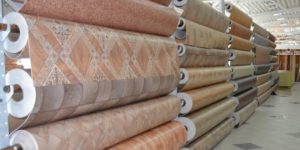 Modern linoleum is wear-resistant, durable, versatile and suitable for flooring in both residential buildings and businesses. The finishing materials market offers a wide range of products. Initially, such roll coverings were made from natural components, and later synthetic ones made from PVC appeared, which diversified its types.
Modern linoleum is wear-resistant, durable, versatile and suitable for flooring in both residential buildings and businesses. The finishing materials market offers a wide range of products. Initially, such roll coverings were made from natural components, and later synthetic ones made from PVC appeared, which diversified its types.
IMPORTANT. The choice of suitable linoleum, in addition to price, pattern, color and composition, is also influenced by the purpose of the room (for sleeping, corridor, hall), the degree of traffic and the presence of furniture.
Let's consider the characteristics of linoleum classes and determine those suitable for installation in a residential apartment.
The content of the article
Characteristics of linoleum classes
Linoleum is classified according to the following criteria.
- Depending on the materials included in its composition, the following are distinguished:
- Natural (marmoleum) – is a strong, safe and durable material made from natural components.
There are the following types:
- rolls (maximum width – 4 m, minimum length – 30 m);
- planks or tiles;
- combined (based on HDF board).
Advantages:
- wear-resistant (withstands abrasive, abrasive and deformation loads);
- prevents bacteria from developing on the surface;
- characterized by moderate fire resistance;
- slightly toxic when melted;
- resistant to household chemicals;
- withstands the action of weak alkalis;
- subject to grinding;
- large selection of colors;
- due to the use of natural ingredients in the manufacture, it is safe for health;
- has a non-slip coating;
- it is easy to care for and clean;
- durable.
Flaws:
- expensive material;
- requires high-quality installation;
- fragile (if bent, cracks may appear);
- It is not recommended to install in rooms with high humidity;
- has an oily smell.
ATTENTION. Can be installed both in living rooms and in the sales area. When choosing such a coating, it is based on the load on the coating to which it is subjected during operation.
- Synthetic (PVC) – single-layer or multi-layer material developed as an alternative to natural linoleum.
Compound:
- base made of foamed polyvinyl chloride (PVC), PE felt or a combined base;
- a thin dense layer of PVC decorated with a decorative pattern;
- fiberglass, which serves for strength and increases resistance to tearing and deformation from loads;
- polyurethane or other protective surface layer (transparency) that increases the wear resistance of the coating.
Advantages:
- affordable price;
- not afraid of moisture;
- resistant to rot and wear;
- wide selection of patterns and colors;
- ease of installation and subsequent care;
- subject to repair;
- durable.
Flaws:
- there is a sharp chemical smell that will disappear after a few weeks;
- When a fire occurs, toxic smoke is released;
- afraid of strong temperature fluctuations (both rising and falling temperatures);
- Cheap types of coating have a slippery surface.
- Depending on the structure they are divided into:
- Single layer (homogeneous) – characterized by high wear resistance, have one pattern. They are expensive, which is why they are not installed in residential premises, but only in commercial, industrial and other enterprises.
- Multilayer (heterogeneous) - can be installed in any room.
- Depending on the scope of application:
- For home (household) – multilayer coatings used in apartments and offices, width from 1.5 to 6 m, length up to 35 m, thickness up to 5 mm. Service life up to 10 years.
- Semi-commercial – multilayer coatings with higher strength, density and durability compared to household coatings.
IMPORTANT. They are recommended to be laid in apartments, offices, and commercial premises under medium loads.
- Commercial (single-layer and multi-layer) – used in retail, public, and industrial premises with high traffic. Service life over 15 years.
- Special ones (up to 10 mm thick, service life up to 40 years) - are installed in gyms, hospitals, transport, and so on.
- Depending on wear resistance class:
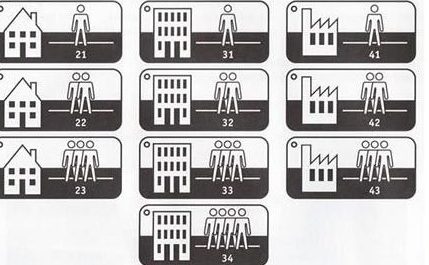
- Residential class (intensity of use):
- 21 (low) – in the bedroom;
- 22 (normal) – in the living room and hallway;
- 23 (high) – in the living room and hallway.
- Class for service and office premises (intensity of use):
- 31 (low);
- 32 (normal);
- 33 (high);
- 34 (very high).
- Class for industrial premises (intensity of use):
- 41 (low);
- 42 (normal);
- 43 (high).
Recommendations from experts on which class of linoleum is best to choose for your home
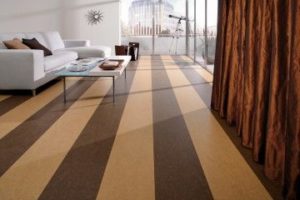
- In the bedroom it is better to lay natural or household linoleum class 23 on a thermal insulation base 1.5 mm thick.
- For the nursery it is better to take natural 3 mm thick or household PVC.
- Non-slip semi-commercial PVC class 31-32 with a thickness of 2 mm is suitable for the hall and living room.
- In the kitchen - natural, household based on foamed PVC or semi-commercial PVC of class 33.
- In the hallway, corridor - commercial single-layer 34-43 class, 3 mm thick.
- Multi-layer commercial linoleum, resistant to high humidity, is suitable for bathrooms and toilets.
To purchase high-quality linoleum for your home, you must adhere to the following recommendations:
- determine the characteristics that are necessary for each room;
- sniff the linoleum - if there are harmful substances, a pungent odor will emanate from the coating;
- take the canvas according to the size of the room with a small margin in case it is necessary to adjust the design, place it under the threshold or in a niche of heating devices;
- linoleum that meets safety standards has special markings and a certificate;
- it is necessary to inspect the roll unfolded to eliminate unevenness and other defects;
- think in advance about the method of transportation and whether the entire canvas will fit in the room;
- it is better to purchase linoleum with a protective coating;
- You cannot fold linoleum in half and stick it with tape along the front side, as it leaves marks on the surface.
With all the variety of choices, the main thing will be safety, abrasion resistance, durability, the price of linoleum, as well as the personal preferences of the buyer.



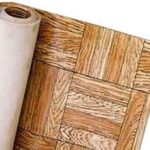
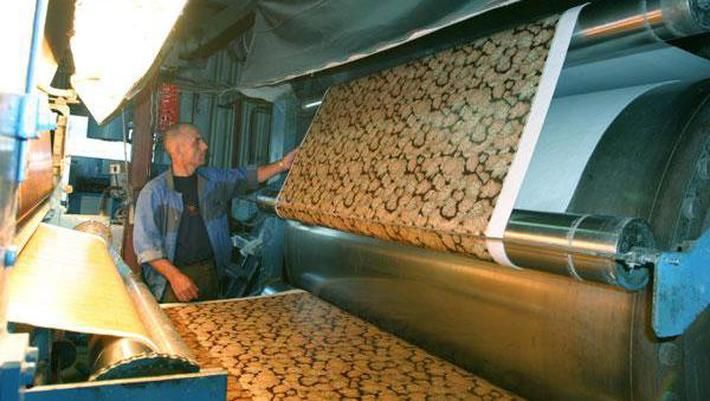
For the bedroom, your craftsmen recommend class 23 linoleum.What if grade 42? Is this somehow worse? Furniture is present, of course!